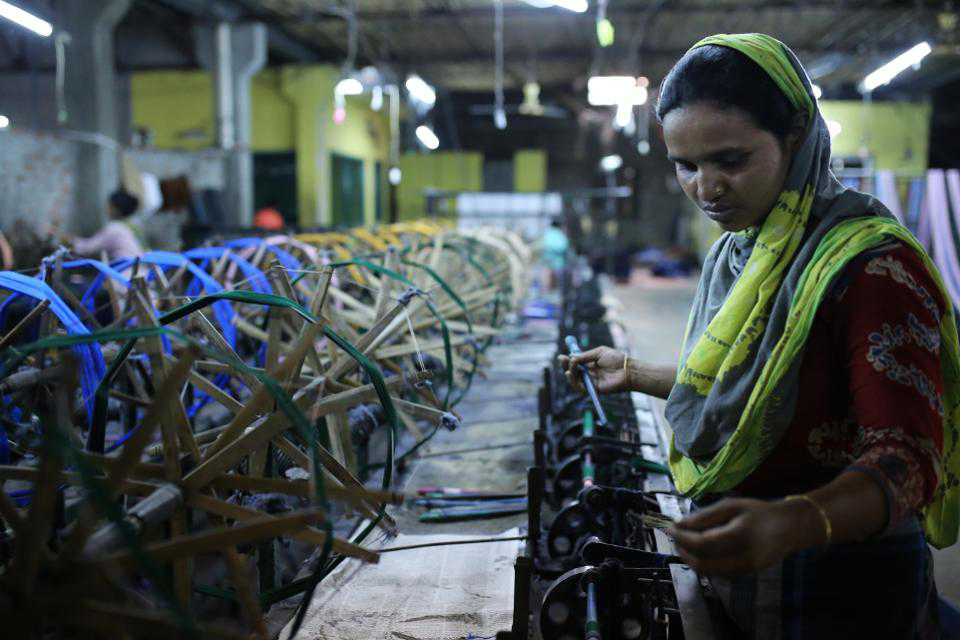These Developing Asian Economies Will Grow The Fastest In 2020

Image collected
The U.S.-China trade war and a slowdown in global import-export traffic are taking a toll on economic growth in developing Asia, prompting to the Asian Development Bank to cut its forecasts for the region. The Manila-based regional lender now expects to see 5.5% growth in 2020 for developing Asia, a group of 45 economies that includes China and India but not Japan.
The ADB says prolonged trade tensions are still the primary risk to the region’s outlook, but a handful of countries are expected to outperform their neighbors next year. These are the economies it says will grow the fastest in 2020:
Bangladesh is forecast to add another 8% to its GDP on the back of increased foreign investment in low-cost textiles, garments and shoes. The country has grown at least 6% per year since 2011. Wages that average just $101 per month help bring in some of that investment. Domestic demand and higher living standards add to the South Asian country’s growth, says Rajiv Biswas, Asia Pacific chief economist with the market research firm IHS Markit. Foreign direct investment rose 19.5% in the first half of 2019 to $1.7 billion on growing ease of doing business, according to local media reports.
India should grow 7.2% as it seeks to become a new powerhouse for manufactured goods including electronics, per government policy. A 7.2% GDP growth rate would mark a fall from 8.17% in 2016, and hover near levels of the past two years, World Bank figures show. A decline in output for eight core industries, some of which face a lack of credit, would stop the economy from growing faster in 2020. However, the central bank has offered monetary stimulus and a tax cut this year for a bit of relief.
Tajikistan is forecast to grow 7% as the former Soviet republic gets a boost from its gold and silver mines, metal processing and remittances from about a million citizens who live abroad. Tajikistan’s GDP had expanded 6.9% in 2016, 7.1% the following year and 7.3% last year. “Industry and services” has led growth along with “buoyant” domestic demand, the World Bank says.
Source: https://www.forbes.com
Previous Story
- ADB alerts against 13 issue ventures
- ADB Project to Improve Fiscal Management, Develop Capital...
- ADB approves loan for Bangladesh power transmission expansion...
- India struggles but Bangladesh's GDP rides high on...
- CSE, IT graduates getting more jobs
- Explained: How Bangladesh’s economic growth is stealing India’s...
- Asia’s emerging economies are winning US-China trade war
- ADB lifts growth estimate to 8.1pc